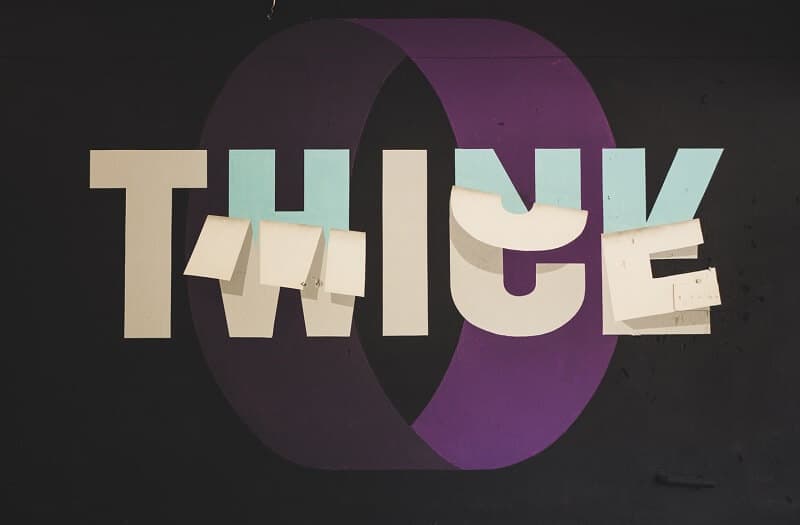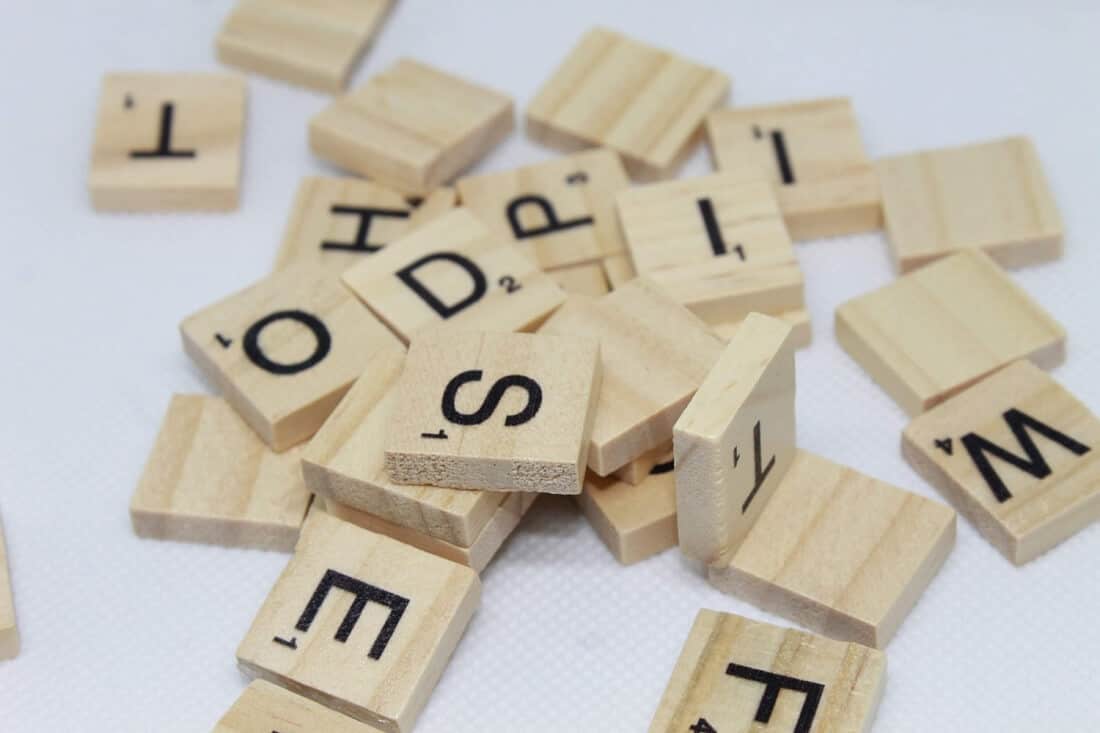
Recession and recovery come in different shapes, some are severe, but some are easier to survive. The examples below aren’t about the current economic situation, they are an explanation of forms in the financial charts.
By Gorica Gligorijevic
What are the shapes of the recession and recovery? Since no one can predict when and how the recession will occur it is important to know what can indicate it is coming. Economists have various metrics to conclude whether a recession is expected soon or it is already here. So, we can say there are several indicators that, when they happen together, might indicate that recession is possible. The same comes to the recovery since these graphs and charts can illustrate both the recession and the recovery. That is normal because each recession is followed by the recovery.
For example, some indicators such as unemployment rates can confirm changes. Also, drops in the stock markets, fewer house sellings, or a drop in GDP may indicate that recession is going to appear.
But, what are the shapes of the recession and recovery? To explain this. Shapes of the recession and recovery are a concept that economists use to define different kinds of recessions and recovery. The most common shapes are U-shape, V-shape, W-shape, and L-shape.
Let’s explain each of them.
What are the V-Shapes of recession and recovery?
V-shapes of recession and recovery are one of the forms a recession and recovery graph could take. These graphs are economic metrics that measure the strength of the economy, meaning employment rates, GDP, and industrial production.
When we notice these V-shapes in the graphs we know that the economy has a sharp decline, but the good news is detected too. Analysts know that after that sharp decline a sharp and quick recovery will come. Moreover, when this kind of shape occurs, the recovery will be strong. The consumers’ demand will increase, people will spend more, so the overall economy will be driven by those shifts.
Let’s examine one example. It was 1953 in the US. The time of recession occurred after great progress in the early 1950s. But economists expected inflation and the Federal Reserve boosted interest rates. This action turned the economy into a recession. In the 3rd quarter of 1953 growth started to slow but one year later it was back at a speed a lot above the trend.
Hence, the chart for this type of recession and recovery represents a V-shape.
U-shape of the recession and recovery
U shapes of the recession and recovery mean that a recession starts with a gradual drop but then rests at that seat for a long time before bounces and moves higher again. This type of economic recession mirrors a U shape in the graphs. A U-shaped recession and recovery express the shape of the graph of the same financial measures, as we mentioned above, for example, employment, GDP, and industrial production.
The U shapes of recession and recovery are similar to V shapes but the economy doesn’t have a sharp rebounding. When the economy has a decline in all metrics and spends more time seating at the bottom it is recognized as a U-shaped recession and recovery. Hence, in U-shaped, the economy will experience stagnation. When the economy enters this kind of recession the sides are glazed and slipping is possible. The bottom is like a wet bathtub and the economy could stay in that bathtub for a long time.
For example, the recession from 1971 to 1978, during the seven years, with a deep bottom from 1973 to 1975, unemployment and inflation were high, growth was very low. The economy started to climb back in 1975 and it took 2 years until it was fully recovered. That is a U-shaped recession.
W-shaped recession and recovery
A W-shape of recession and recovery points to an economic cycle of both that mirrors the letter W in charts. All metrics we already mentioned are covered in the charts.
This kind of shape means a sharp decline in all these metrics after which the sharp rise occurs, and a sharp decline again ending with rising. In the middle of the chart, the central part of the W letter, the bear market rally may occur. Also, recovery can happen but it could last short and might be choked by the further financial crisis. This W-shaped recession is also called a double-dip recession.
It is characterized by falling into a recession, short recovery with some modest growth for a short time, followed by another fall and eventually recovering. This pattern matches the letter W. The early 1980s recession in the US is a great example of a W-shaped recession. In January 1980 the US economy fell into a recession that persisted to November 1982. In less than two years there were 2 declines and 2 recoveries before the US economy entered the decade of robust growth.
The other good example of W-shape is the European debt crisis from 2011 to 2013. Uniting several uncertain circumstances caused this recession, for example, the global economy was very weak after the Great Recession ended two years earlier. The prices of energy were high, investments low, interest rates were high, consumer spending was also low. This recession hit the majority of Eurozone countries.
L-shaped recession
L-shapes of recession and recovery are recognized by a slow rate of recovery. It occurs when we have a sharp decline in the economy but without recovering with the same strength. The economic growth is stagnating, unemployment is rising. When looking at the charts, all indicators form the shape of the letter L.
In an L-shaped period of economy, there is an abrupt decline made by falling economic growth. In the chart, this represents the line with a sharp decline without the visible possibility of a return to the trend line growth. It is accompanied by a shallow upward incline which means that a long period of stagnation in economic growth is present. In such a situation the recovery can take several years to reach a higher level.
The main problem with these kinds of shapes of recession and recovery is that no one can know when the economy will rebound, if ever. Economists consider this shape of recession as the most severe since during these periods the overall underperformance is present. The collapse of the economy, lack of progress back to full employment after a recession, are the main characteristics of this period. Workers might stay unemployed for a long time or forever, the economy is unable to recover and provide them new jobs, the whole industry could be inactive or underused for a long time.
What shape of the recession will be due to the Coronavirus pandemic?
Interestingly, almost all economists predict a recession to come. And it is possible to happen because millions of people lost their jobs, markets have been down, factories all over the world have closed. But how long will it last? The answer to this question we can get from the charts but not yet. We can complete the charts only after the end of the economic changes. Will it be bad? No one knows how bad it could be. This pandemic caused a lot of problems, from healthcare and the economy at the whole to the kindergartens.
The true answer lies in one of these four letters: V, U, W, and L. Which one will appear to the charts no one knows, it’s too early to say because there is no clear shape yet. For now, all we have is a declining line in the graphs. There are several possible scenarios of how it will end. But there is no dilemma will the recession happens. It is obvious even for the most optimistic people.
We aim to show you those four letters and what they could mean in case of an economic recovery with hope that we’ll never see a letter L.
As we can see, the shapes of the recession and recovery could appear in four forms in the charts. What isn’t visible in them are our lives, our feelings, fears, and worries. But it’s individual and each of us has to find an individual way to fight with this uncertainty. Also, that is not the subject of this article.
The main purpose of this article is to introduce the shapes of recession and recovery and how you can find them in the charts. And, keep in mind, every single recession is followed by the recovery. That’s good to know.



Leave a Reply